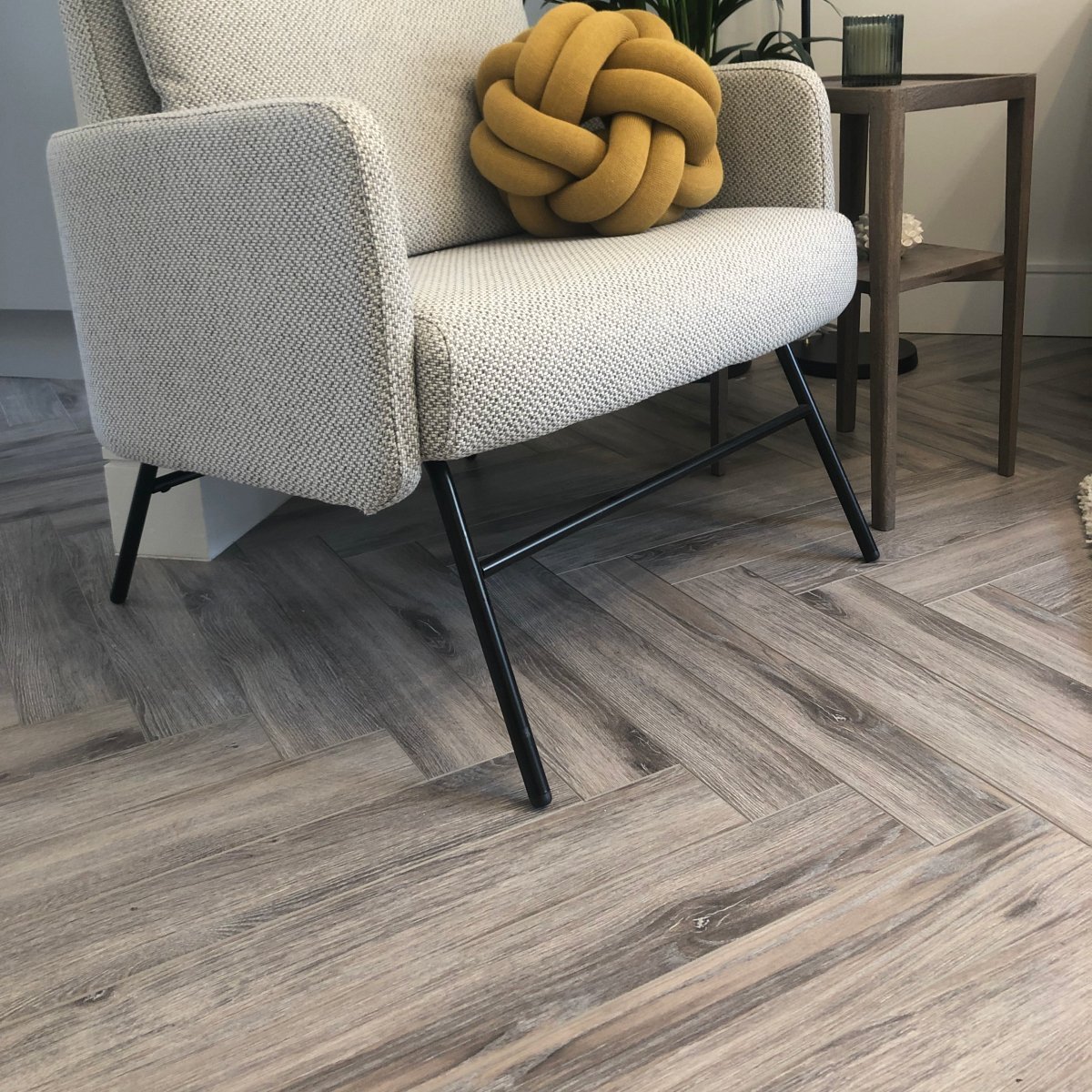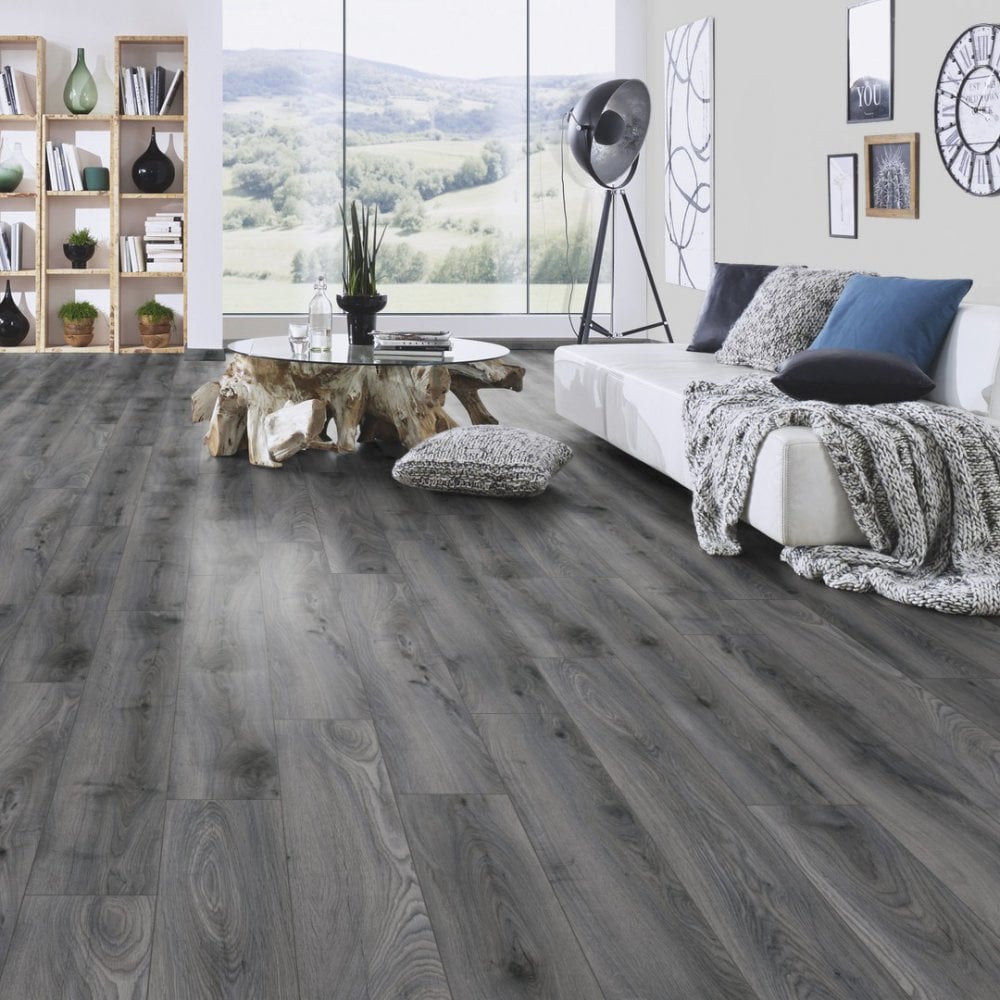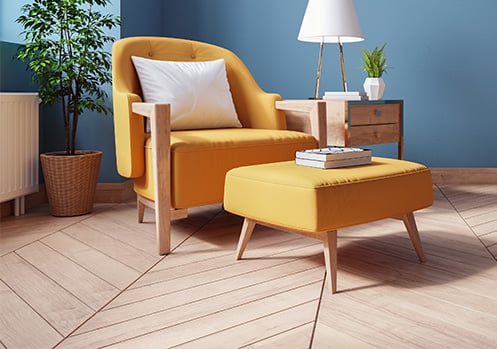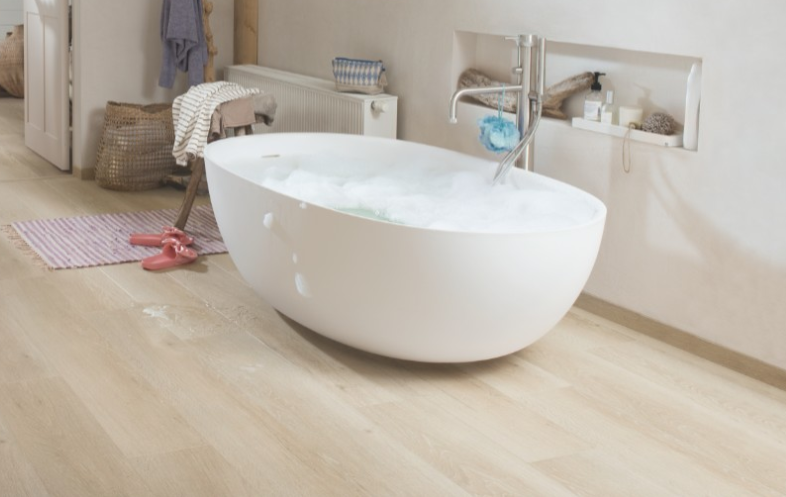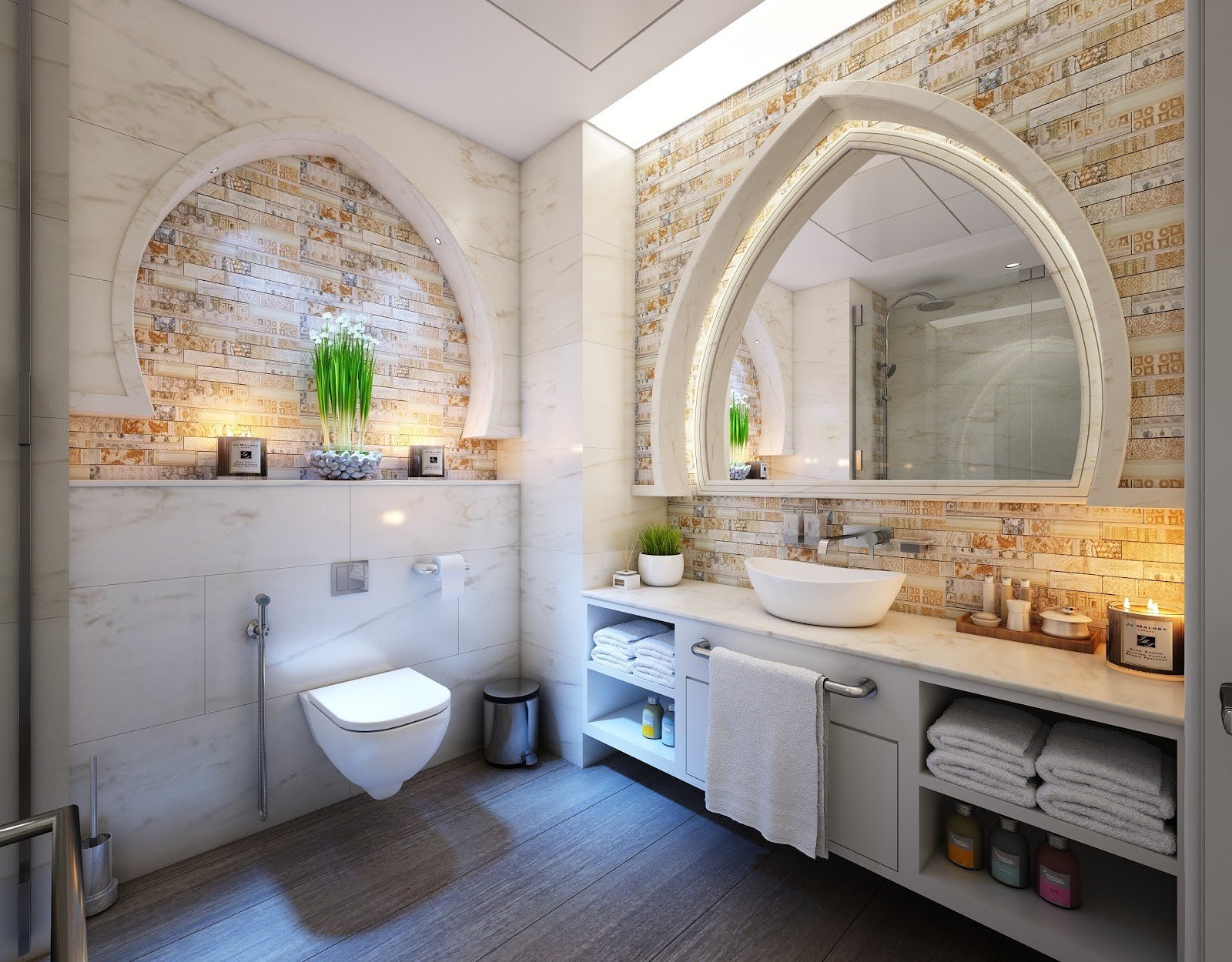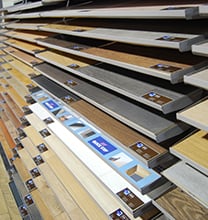We use cookies to make your experience better. To comply with the new e-Privacy directive, we need to ask for your consent to set the cookies. Learn more.
Vinyl Tiles vs. Laminate Flooring
- Ifran Lal
- Laminate Flooring
- October 30, 2018
- views

Vinyl Tiles vs. Laminate Flooring
Renovating your home but not sure whether laminate or vinyl is your best bet? Both types of flooring provide big advantages in terms of cost and durability over natural materials like hardwood, but can still both replicate this highly sought-after natural look
With all the information out there about both, are you wondering which one is better and what the main differences between vinyl tiles and laminate flooring are? With so many pros and cons for each type of flooring, it’s difficult to know what will work best for your home. We’ve pulled together a guide on the differences between vinyl and laminate floorings so that you can decide which one might be best for your requirements. Read on to find out more:

Laminate Flooring
Laminate flooring is an extremely popular type of flooring for modern homes. It is constructed using layers that are stuck together through a lamination process, giving it its name.
The unique property of laminate flooring is that it’s usually 99% wood product meaning that it can be made to replicate almost exactly the natural woodgrain of a hardwood floor thanks to the 3D printing technology used to design it.
Pros:
- Cost effective compared to the natural hard wood flooring that it replicates.
- Available in a range of different finishes to complement various interior styles.
- Laminate flooring is designed to such a high standard that it can almost perfectly replicate natural hard wood flooring in terms of looks.
- Excellent in high traffic areas thanks to the different levels of durability, rated using the AC scale from 1-5.
- Much more rigid than luxury vinyl due to the main layer made from high-density fibreboard.
- Easy installation for DIY enthusiasts thanks to the click and lock assembly, sometimes known as “floating floor”. This means that it does not need to be stuck down either by nails or glue to the subfloor.
- The top layer is scratch resistant, meaning it’s great for areas of the home with high traffic or for homes with pets.
Cons:
- Usually laminate is more expensive than the comparable amount of material needed for vinyl tiles.
- The wood grain texture means that laminate is not as water resistant as vinyl tiles. In the event of flooding or water saturation, it may absorb the moisture and become damaged.
- The floating floor system also means that there is an aerated gap below the laminate flooring which can also fall victim to moisture and humidity.
- Usually have a lifespan of up to 10 years, lower than vinyl tiles.

Vinyl Tiles
Vinyl flooring is more renowned as being a luxury and premium style of flooring. It is ideal for bathrooms and kitchen thanks to being highly moisture resistant as well as very hard wearing. In addition to the function, it can easily fit into and adapt to any style of home décor, whether timeless and classic, or contemporary and modern.
In contrast to laminate flooring, vinyl tiles are designed entirely of 100% plastic but the technology behind it means that it can be made to look very similar to a natural woodgrain texture.
Pros:
- Vinyl tiles are quick and easy to install thanks to “click” joinery which allows adjoining planks to snap easily together.
- Highly durable. Vinyl tiles can last more than 20 years when properly maintained.
- Very resistant to dirt and water, meaning that it just needs sweeping and mopping to keep clean.
- Softer underfoot than tile or wood due to being backed with foam.
- The cushioned feel of vinyl means it’s great for kitchens – if you drop any crockery or glassware on it, it’s more likely to bounce than to smash.
- Scratch resistant.
- Vinyl tiles are ideal for bathrooms thanks to their water resistance due to being 100% plastic formed. They do not warp or discolour even when submerged in water.
- Generally, very good value for money.
Cons:
- Preparing the subfloor for installation can be tricky – it needs to be removed of all particles so that the vinyl will remain firmly in place. This means a professional may often be needed to help with installation.
- If purchased as sheet vinyl, it can be very unwieldy and difficult for homeowners to handle.
- Although it is scratch resistant, the spongy texture can be damaged by heavy furniture.
- Difficult to remove once installed.
 0121 328 5391
0121 328 5391


